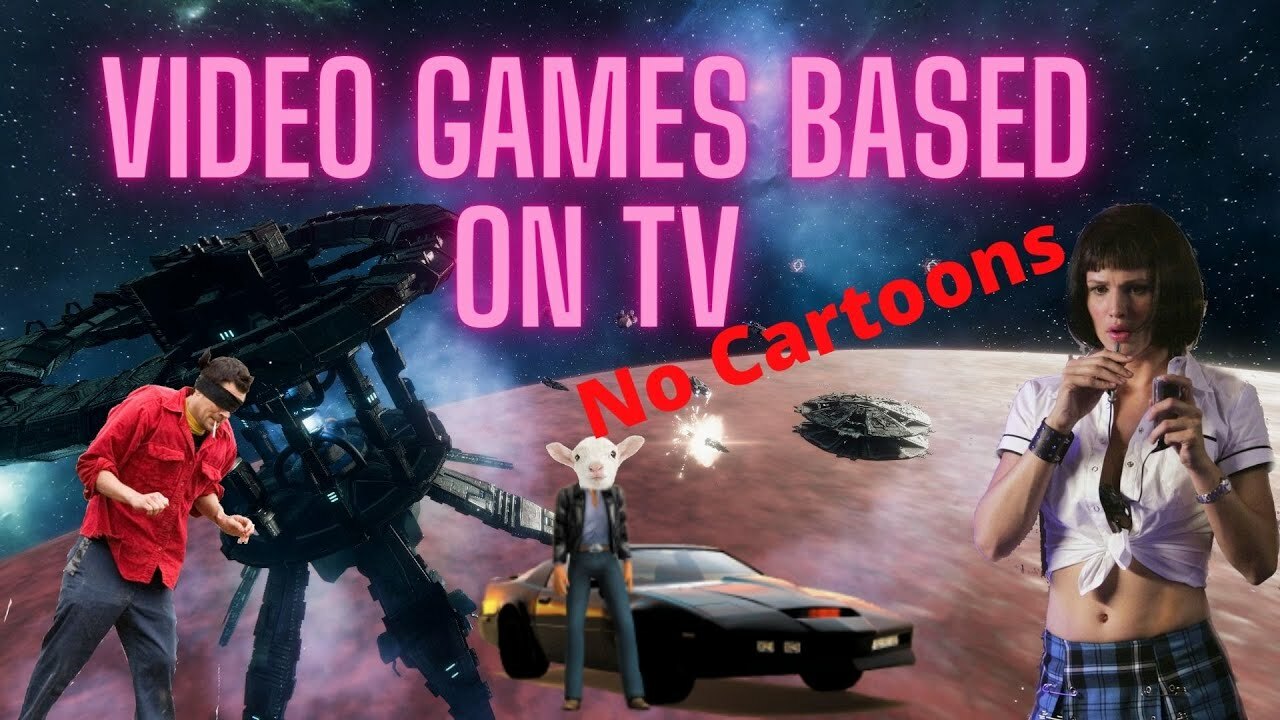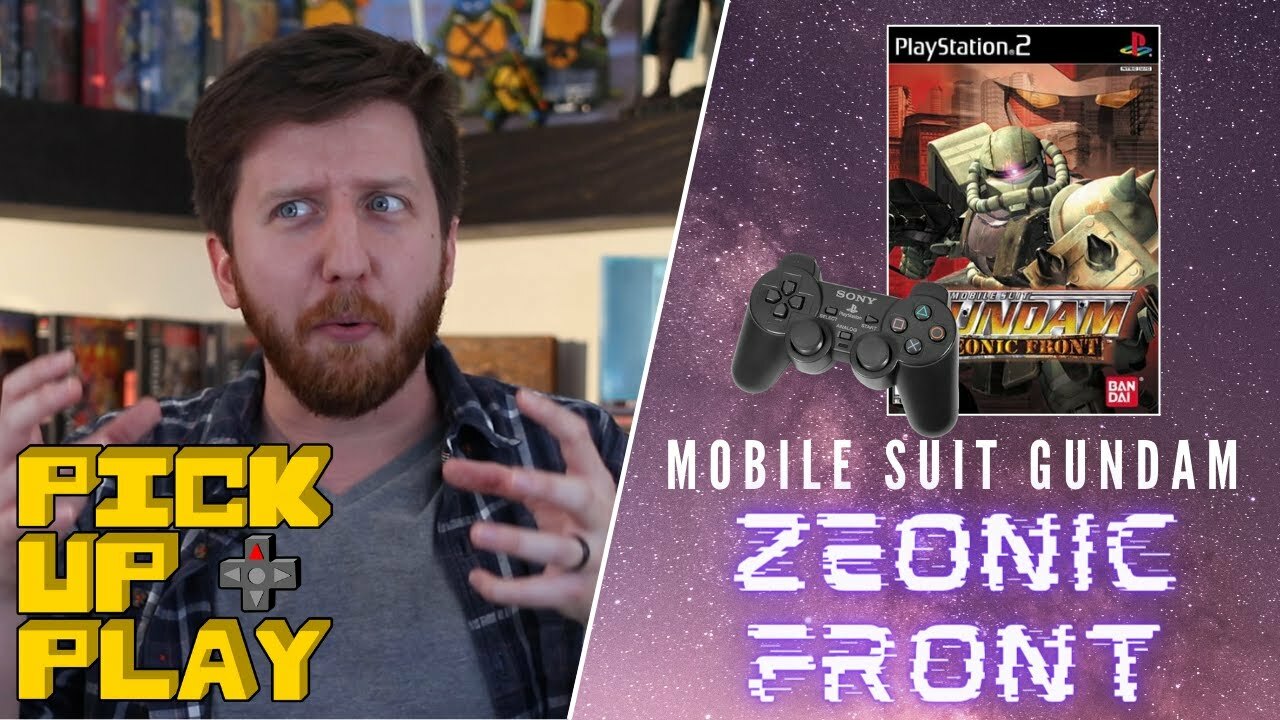Share
When I was little, I adored monkeys. I had a stuffed Webkinz monkey named Dare that I carried with me to school every day, and I loved any monkey-themed content I could get my hands on. Curious George was a particular favorite. Now, I have no idea why monkeys became so special to me. But I do know that nothing seemed more exciting as a kid than Buzz! Junior: Jungle Party on PlayStation 2. Literally no one remembers this title. It wasn’t much more than a gimmicky mini-game collection that used the bizarre Buzz! Buzzer controller. But, it starred a bunch of colorful monkeys so I just had to have it. Unfortunately for me, it was too expensive for my parents’ taste. Instead of Jungle Party, I got a used copy of Super Monkey Ball Deluxe which ended up being ten times better.
Ever since that day when I unknowingly brought home a stone cold classic, I’ve been a Super Monkey Ball fan. However, I was largely raised on the bad ones (so pretty much everything that came after Deluxe). From Touch & Roll to 3D, I was stuck squarely in the Monkey Ball doldrums with little respite. 2019’s Super Monkey Ball: Banana Blitz HD only further showcased how far the fair series had fallen from a design perspective, and I only hoped for the day when something better would come along. That something is Super Monkey Ball: Banana Mania, and it’s probably my favorite game of the year.
sublime monkey balling
While I love sharing my reviews with you all, I wish I wasn’t writing at the moment so that I could get back to Banana Mania’s absolutely perfect gameplay. For all two of you who are unfamiliar, Super Monkey Ball is somewhere between a physics puzzler and a platformer where you tilt stages of increasing complexity to roll a monkey in a ball through each level’s goal. It’s a very novel concept considering that the vast majority of platformers emphasize control over the character itself opposed to the environment.

Mechanically, Super Monkey Ball never gets more complex than this idea. Unless you turn on the game’s optional jump, Banana Mania is played almost entirely with the left stick. The stages themselves certainly become increasingly complicated though, and they provide quite the challenge. Super Monkey Ball constantly demands that you take the lessons learned during previous levels and apply them to new scenarios. There is no shortage of creativity here, either in terms of level theming or conceit. And, while a single mission can be beaten in mere seconds, the more pernicious ones can take tens of minutes – if not more – to complete.
Trust me, while Super Monkey Ball: Banana Mania may sound easy due to the simplicity of its gameplay, this experience is anything but. You’ll be saying some truly nasty things to the protagonist, AiAi, and friends when you hit a truly tricky course. However, this is why Super Monkey Ball is so wonderful. There are few gameplay-focused experiences more rewarding than this. I was taken to the depths of hell and despair by some of these levels (which my roommate can attest to) but the feeling of finally crossing that goal tape was consistently unmatched.
Monkey Ball’s empowering gameplay loop is not immune to frustration though. The game’s challenge tracks along a fairly irregular difficulty curve. It’s not exponential. Instead, I think of Banana Mania’s difficulty curve as something closer to a rollercoaster in shape with crests and valleys. When you hit an apex stage difficulty-wise, it may take a few dozen tries to clear. However, these peaks are usually followed by a rollercoaster-like downward rush of a few comparatively easier stages. This post-challenge momentum featuring a run of easier levels helps to compensate for any roadblocks. These design decisions keep you locked-in for the long haul, instead of discouraging you on your path toward the credits. But reaching those credits is just the first layer of the experience.

Next comes time optimization as you work to shave more and more seconds off the clock, exploiting stage layouts and physics to cut every corner possible. Sure, each stage has a clear intended path, but the overwhelming majority are open-ended enough so that a savvy player with an outside-the-box mindset can easily chart a new course to the goal. Landing a level-shattering skip is just so satisfying. It’s this degree of flexibility and the height of the Monkey Ball skill ceiling which makes Banana Mania so difficult to put down. These sorts of brilliant stage designs are why this title works where past series entries failed, but that’s because this package is effectively a return to the franchise’s beginning.
a barrel of content for a barrel of… you know
At its core, this is a remake compilation of Super Monkey Ball, Super Monkey Ball 2, and Super Monkey Ball Deluxe. On the surface though, Banana Mania is so much more. This is an everlasting gobstopper of content. The package is stuffed to the gills with side modes and unlockables. In this sense, Banana Mania feels decidedly old-school, it brings me back to the sixth-gen days of secrets and side-content galore. The breadth of bonuses here just does not show up in many other games anymore. Even the impressive Activision remake trilogies for Spyro and Crash fail to meet the bar set here by Banana Mania. I’ve already played a lot of this game, but I still have so much more to do.
This wealth of unlockables leads to a great sense of progression overall, as pretty much every activity not only hones your intrinsic Monkey Ball skills, but also results in scores of points which can be spent on said unlockables. From new stages to new characters (both in-universe and crossovers from franchises like Yakuza and Sonic), I constantly felt like my playtime was being rewarded. Grinding for better clear times is reason enough to keep going, but getting to celebrate those achievements by earning a playable Tails or a mirror mode just provides so much more satisfaction and replayability. Beating the story and challenge modes is only the tip of the iceberg here, which is so exciting especially given the game’s forty-dollar price point. What a steal!

Principally, this speaks to how Banana Mania is more than just a rehash. Not only is it wonderful for longtime fans, it’s a wonderful entry point for new players. SEGA has included plenty of much-appreciated modernizations. For one, there are robust assist modes and features which make the sharp difficulty spikes less intrusive. I never used these. I appreciated the teeth-gnashing challenge of stages like Launchers, but for those who don’t, being able to eschew these hurdles is great. Equally great, in my opinion, is the lack of a life system which not only takes some pressure away, but likewise encourages experimentation with shortcuts in the absence of punishment for deaths. While there is some consternation about this change within the more hardcore Monkey Ball circles, I find that Banana Mania is a much slicker and friendlier adventure due to the removal of lives and similar design choices.
looking to the future
There are some disappointing facets of Banana Mania, undoubtedly. Both the campaign co-op and lively cinematics of Super Monkey Ball 2 are missing from its portion of the package. The latter was particularly noticeable because the stand-in narrative framing is just… weak. It feels cheap, and hammers home the notion that while the game is a loving celebration of what came before, it’s undoubtedly a budget project. Its reuse of Banana Blitz HD’s many assets and the Unity engine tempers enjoyment somewhat. Personally, the latter didn’t bother me much (diehards should check out Nintendo Life’s review for an in-depth discussion of the physics changes), but the former was a mild disappointment.

The experience just feels a bit flat and lacking personality, despite the big personalities of its characters and overall world. Everything is just a bit too clean, and I would’ve liked Super Monkey Ball’s grand return to have a bit more visual pizazz. The production value is certainly lacking, even though the art direction helps compensate for that. The plentiful characters and absolutely kicking redone soundtrack are great. As are the totally ridiculous but nonetheless endearing level themes. For instance, some of the levels here take place above washing machines and others within secret scientist laboratories. These themes are zany for zaniness’ sake, which I always appreciate. However, the underwhelming environmental detail and animations just let these motifs down a bit.
Nonetheless, Banana Mania is all about its gameplay and that’s just nailed here. I’ve always found this formula to be brilliant and rewarding. By reviving the three best entries like this, SEGA’s early success with the franchise has been foregrounded once again. It’s somewhat bittersweet actually. The level design is just so wonderful here, and leaps ahead of what came post-Deluxe. In that sense, we haven’t really progressed the series much. I truly hope that SEGA can pivot toward the future now and throw AAA resources at a brand-new title, because Banana Mania is a content-rich reminder that the industry is better with Super Monkey Ball in it. I hope that the collection opens the door for a next-gen successor which nails the fundamentals that Banana Mania displays and makes the franchise feel genuinely new again.




